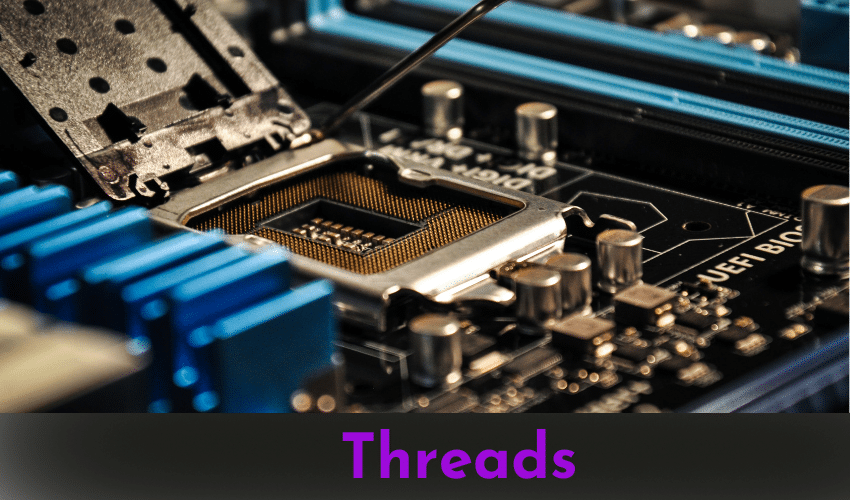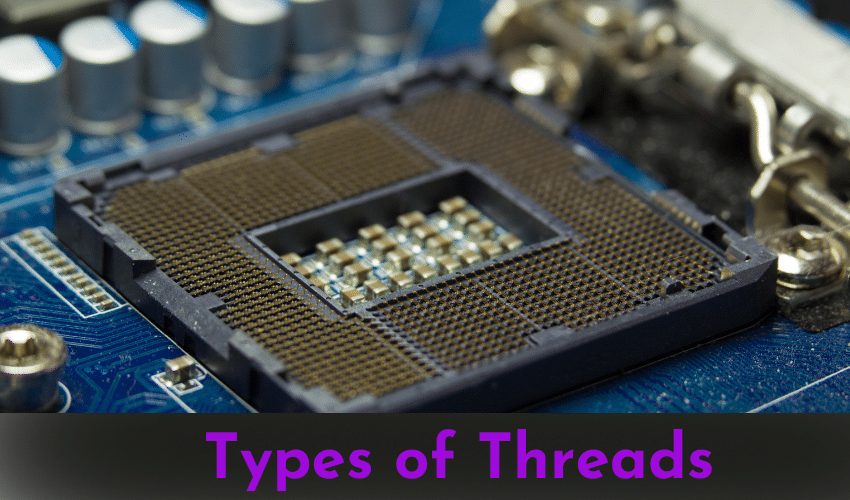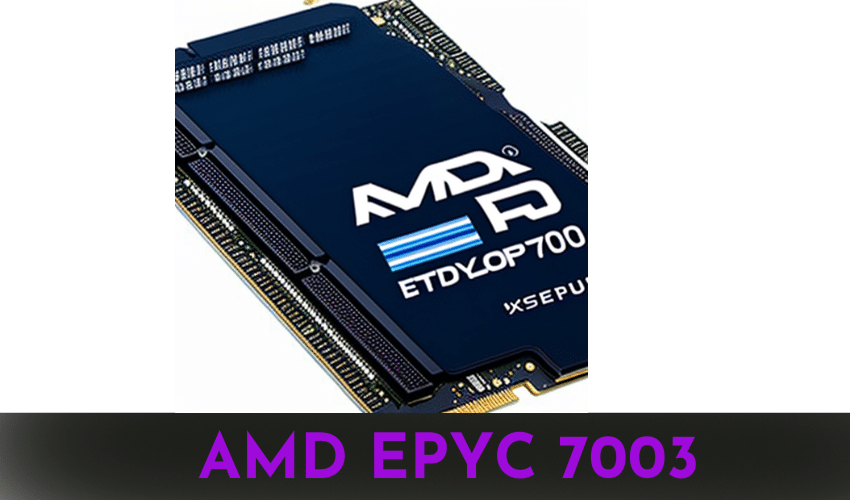A thread is a unit of execution within a program or process. It is a lightweight process that the operating system can schedule and execute independently. Threads are used to achieve multitasking within a process, allowing multiple tasks to be performed concurrently.
As we become more reliant on technology, we may have heard of the term “threads” in the context of computer hardware.
But what exactly are threads in the CPU, and why are they important? This article will explore what threads are and their significance in computing.
Have you ever wondered how your computer can run multiple tasks simultaneously, such as streaming a video while running a virus scan? The answer lies in threads.
A thread is a unit of execution that forms the basis of a concurrent program. An operating system’s scheduler can schedule a minor sequence of instructions. Threads allow multiple tasks to be performed simultaneously, resulting in faster program execution and a more responsive user experience.
A central processing unit (CPU) is the computer’s brain. It is responsible for executing instructions and performing operations. Threads are a way to divide the processing workload of a CPU among multiple cores, thereby improving the performance of the system.
Related Read
- What Are The Best Places To Buy PC Parts, CPUs & Graphics Cards Online?
- How To Check Cpu? (And How Fast it is)
- How to Remove a CPU Cooler or Fan Without Damaging the Motherboard?
Threads

A thread is a sequence of instructions that can be executed independently of other threads. It is an essential component of modern computing, allowing programs to perform multiple tasks simultaneously.
A single-threaded program executes instructions one after the other, meaning only one task can be performed simultaneously. This can result in slow program execution and a sluggish user experience. With threads, multiple tasks can be performed simultaneously, making programs more efficient and responsive.
Also, Read
- How to Clean A CPU Fan Of Your Computer System in 5 Simple Steps?
- How To Install A Liquid Cooling System (AIO) On Your CPU?
- What is a CPU (Central Processing Unit)? What CPU Stands For?
Types of Threads

There are two types of threads: user-level threads and kernel-level threads. A user-level library or application creates and manages user-level threads, while kernel-level threads are created and managed by the operating system’s kernel.
User-level threads are faster to create and switch than kernel-level threads because they don’t require kernel intervention. However, they are limited by the number of available kernel-level threads, and blocking one user-level thread can block the entire process.
Kernel-level threads are slower to create and switch than user-level threads, but the number of available kernel-level threads does not limit them, and blocking one kernel-level thread does not block the entire process.
Thread Scheduling
Thread scheduling is selecting which thread to execute next on a CPU core. The scheduling algorithm used by an operating system can significantly impact a system’s performance.
Several thread scheduling algorithms include round-robin, priority-based, and fair-share scheduling. Round-robin scheduling gives each thread an equal amount of CPU time, while priority-based scheduling assigns CPU time based on the priority level of each thread. Fair-share scheduling attempts to distribute CPU time equally among all threads.
Also, Read
- How to lower CPU usage on Windows 10?
- How to Apply Thermal Paste to a CPU? (A Step-by-Step Guide)
- CPU vs. GPU Rendering – What’s the difference, and which should you choose?
How Do Threads and CPUs work together?
Threads and CPUs work together to execute instructions and complete tasks on a computer.
A CPU (Central Processing Unit) is the brain of a computer, responsible for executing instructions and performing calculations. A thread is a unit of execution within a process. A process is a program or application that is running on the computer.
When a process is started, the operating system creates one or more threads to execute the code of the process. The operating system schedules each thread to run on a CPU. The CPU executes the thread’s instructions and performs any calculations required by the thread.
Threads and CPUs work together using a technique called multithreading. Multithreading is the ability of a program or process to run multiple threads concurrently. This allows multiple tasks to be performed simultaneously, increasing the system’s efficiency and speed.
When a CPU executes one thread, it can switch to another thread at any time. This allows the CPU to perform multiple tasks simultaneously, even if the tasks are part of the same process. The operating system manages the scheduling of threads, ensuring that each thread gets a fair share of CPU time.
Which CPUs Have the Most Threads?
The number of threads that a CPU can handle depends on the CPU’s architecture and design. Generally, CPUs designed for high-performance computing, such as servers and workstations, tend to have more threads than consumer-grade CPUs.

As of 2021, the CPUs with the most threads are typically those designed for server applications. For example, the AMD EPYC 7003 series processors can have up to 128 cores and 256 threads. Intel’s Xeon Scalable processors can have up to 40 cores and 80 threads.

In the consumer market, high-end desktop CPUs can also have many threads. For example, the AMD Ryzen Threadripper 3990X has 64 cores and 128 threads, while Intel’s Core i9-11980HK has 8 and 16 threads.
It’s worth noting that the number of threads a CPU can handle does not necessarily correlate with its overall performance. Factors such as clock speed, cache size, and memory bandwidth significantly determine a CPU’s performance.
Conclusion
Threads are an essential component of modern computing, allowing programs to perform multiple tasks simultaneously, making them more efficient and responsive.
User-level threads and kernel-level threads provide different benefits and tradeoffs. Thread scheduling plays a crucial role in the performance of a system, and selecting a suitable scheduling algorithm is critical for optimal system performance.
Understanding threads and their role in single-CPU and multi-core CPU operations becomes increasingly vital as we rely more heavily on technology. With this knowledge, we can better understand our devices’ inner workings and appreciate modern computing’s complexity.
